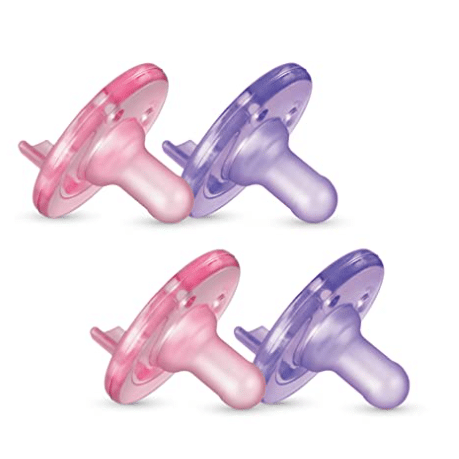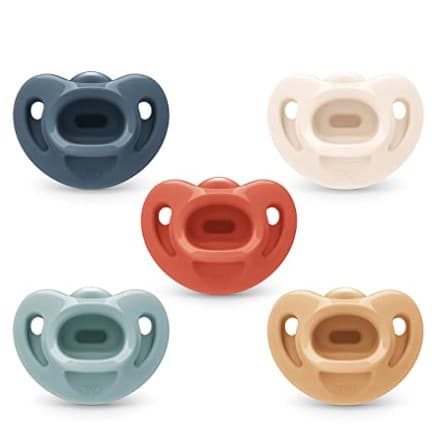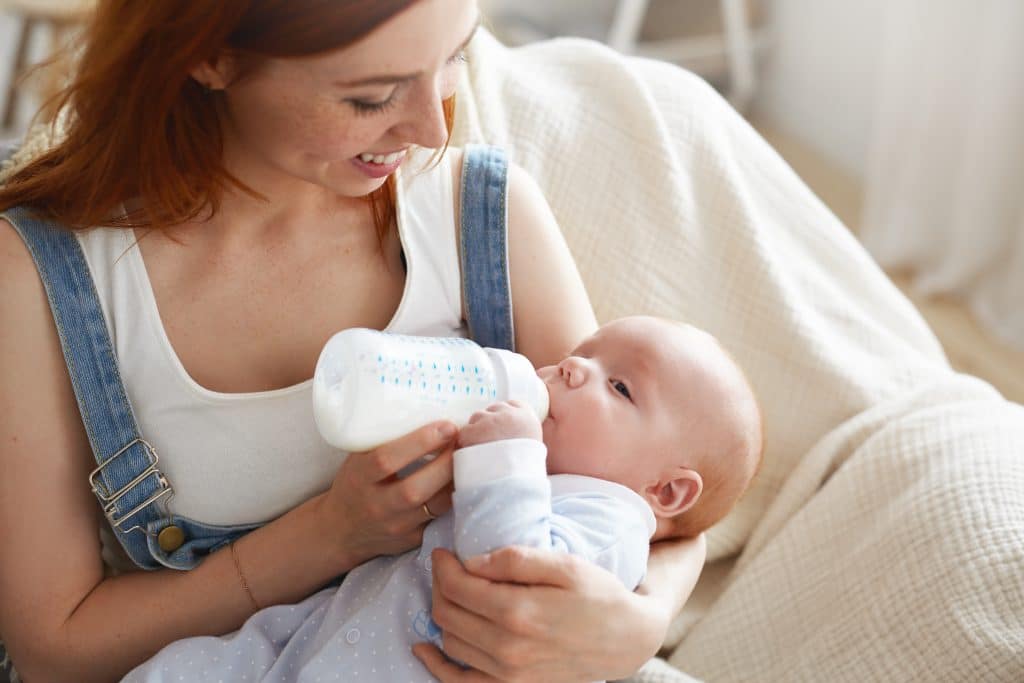Silicone vs. Latex: Which Pacifier Material is Best?
When it comes to choosing a pacifier for your baby, the material plays a crucial role. Silicone and latex are two popular options, each with its own advantages and considerations. In this article, we will explore the benefits of silicone pacifiers and why they are often the recommended choice for parents.
Understanding Silicone Pacifiers
Silicone Material: Durability, Hygiene, and Safety Silicone pacifiers are highly durable, ensuring long-lasting use. Their non-porous surface reduces the risk of bacterial growth, enhancing hygiene. Additionally, silicone pacifiers are safe, being free from harmful substances like BPA and other toxic chemicals.
Cleaning and Maintenance of Silicone Pacifiers Cleaning silicone pacifiers are simple and convenient. They can be easily washed with warm soapy water or cleaned in the dishwasher. Their resistance to high temperatures allows for sterilization, ensuring optimal cleanliness and safety.
Further Reading: How To Clean Silicone Cups Properly: A Comprehensive Guide
Potential Allergies and Sensitivities to Silicone Silicone is a hypoallergenic material, making it suitable for babies with allergies or sensitivities. Its gentle properties minimize the risk of allergic reactions, providing a comfortable and safe option for pacifiers.
Exploring Latex Pacifiers
Latex Material: Natural and Soft Latex pacifiers are known for their natural and soft texture, closely resembling a mother’s breast. This feature can provide a soothing experience for babies, enhancing their comfort and relaxation.
Cleaning and Care for Latex Pacifiers Cleaning latex pacifiers requires more attention, as they are porous and can harbor bacteria. They should be washed carefully and regularly to maintain hygiene. It is recommended to replace latex pacifiers more frequently to ensure optimal safety and cleanliness.
Latex Allergies and Sensitivities Some babies may develop allergies or sensitivities to latex, which can cause skin irritations or allergic reactions. It is important to monitor your baby’s response to latex pacifiers and consult with a healthcare professional if any concerns arise.
Safety Considerations for Pacifier Materials
BPA-Free and Non-Toxic Requirements Both silicone and latex pacifiers should be free from BPA and other toxic substances. Ensuring the pacifier is non-toxic is essential for the overall safety and well-being of babies.
Size and Shape for Age-Appropriate Use Selecting the right size and shape of the pacifier is crucial to ensure proper fit and comfort. Pacifiers should be chosen based on the baby’s age and developmental stage, promoting healthy oral development.
Pacifier Safety Guidelines and Recommendations Following pacifier safety guidelines is important to minimize potential risks. Regularly inspecting pacifiers for any signs of wear or damage, avoiding attachments or modifications, and supervising babies during pacifier use are essential safety practices.
Choosing the Right Pacifier Material for Your Baby
Factors to Consider: Baby’s Preferences and Comfort Considering your baby’s preferences and comfort is key in selecting the right pacifier material. Observing how your baby responds to different textures and materials can help determine their preference.
Hygiene and Durability: Long-Term Considerations Silicone pacifiers offer durability and ease of cleaning, making them a practical choice for long-term use. Their resistance to wear and tear ensures longevity and reliability.
Addressing Allergies and Sensitivities If your baby has known allergies or sensitivities, opting for hypoallergenic silicone pacifiers can provide a safer option. It is important to be aware of any potential allergic reactions and seek professional advice if needed.
Related Product
No posts
Conclusion
In conclusion, both silicone and latex pacifiers have their own advantages and considerations. Silicone pacifiers offer durability, hygiene, and hypoallergenic properties, making them a recommended choice for many parents. However, considering individual preferences, hygiene, safety, and addressing any known allergies or sensitivities will help you make the best choice for your baby’s pacifier material.
Related Blog
-

How To Find The Right Silicone Bottle Flow For Your Baby
How To Find The Right Silicone Bottle Flow For Your Baby? Silicone baby bottles are made of liquid silicone, do not contain bisphenol A, will not break, with excellent transparency, tear strength, resilience, yellow resistance, heat aging and weather resistance. Silicone bottle flow refers to the flow size of the pacifier, which is usually divided…
-

How to choose the right size of silicone pacifier?
How to choose the right size of silicone pacifier? Silicone pacifier is the use of silicone colorless, tasteless, non-toxic, high temperature resistance, low temperature resistant and other characteristics, the use of food grade silicone as raw materials made of pacifier does not contain bisphenol A, non-toxic and harmless can replace the traditional latex pacifier, the…
-
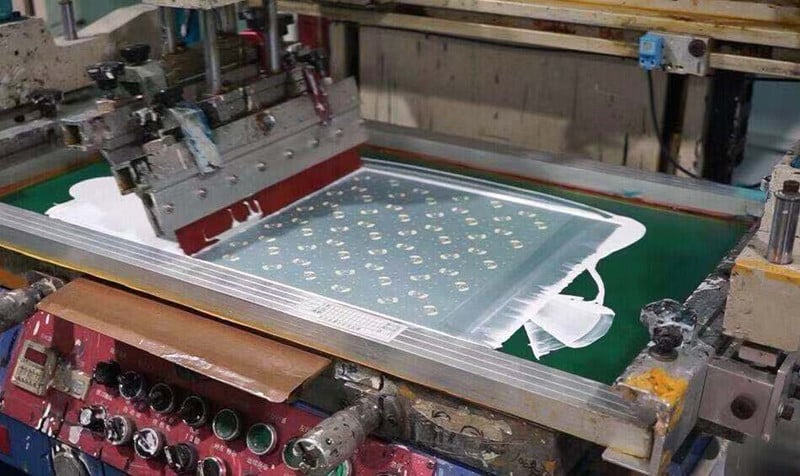
How to make silicone baby place mats?
How to make silicone baby placemats? What are the Silicone placemats? Silicone placemats are a kind of dining item that can protect and decorate the dining table. They are made of made of 100% food-grade silicon. Silicone placemats are highly flexible and heat-resistant. They are widely used in kitchen supplies and baby products. They are…
-
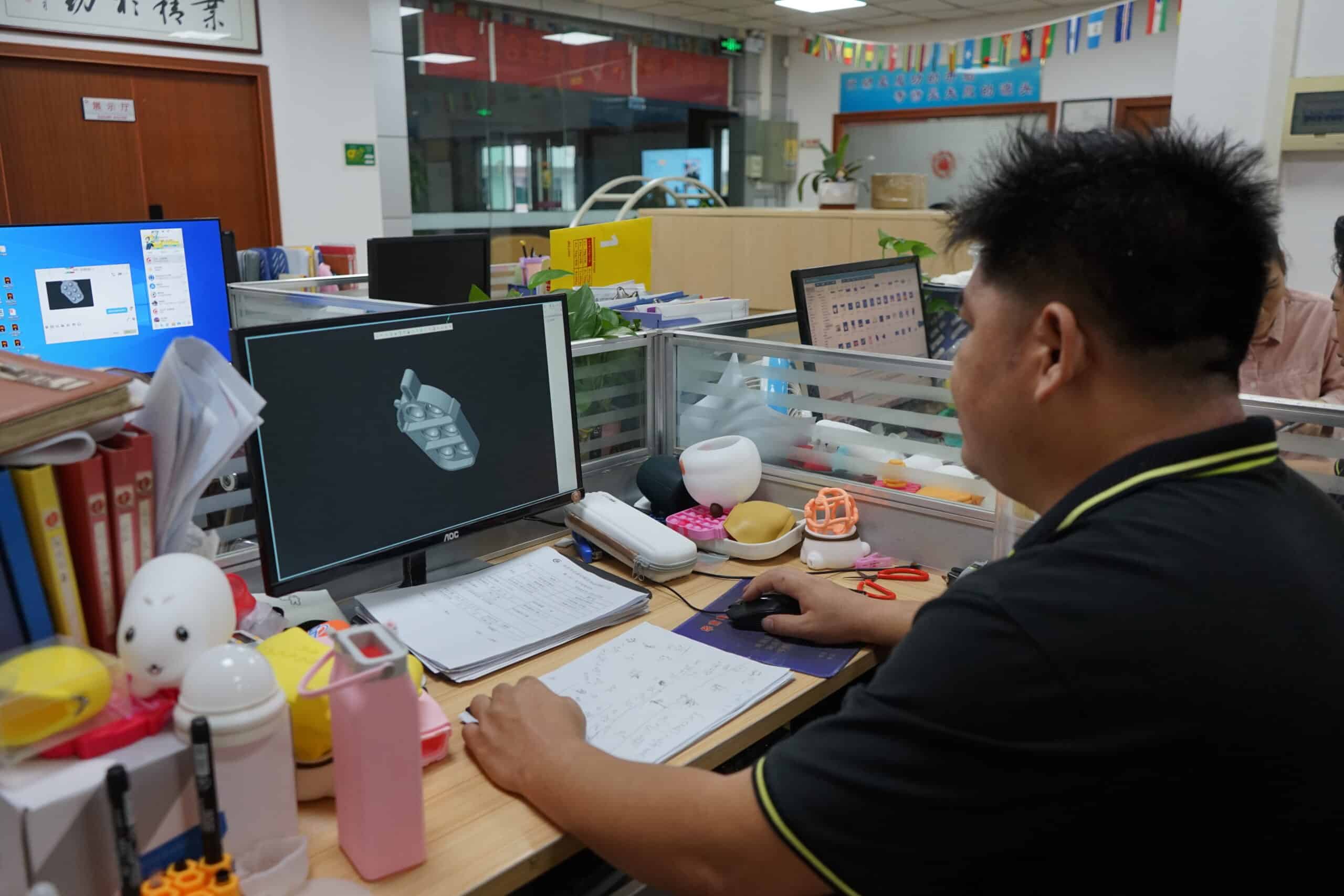
How To Make Silicone Baby Toys?
How to make silicone baby toys? What is the Silicone baby toys? Silicone baby toys are made of made of 100% food-grade silicon. It is designed for the baby. The silicone baby toy is usually soft, safe, and non-toxic, making it very suitable for infants and young children to play. Silicone baby toys are safe,…
-
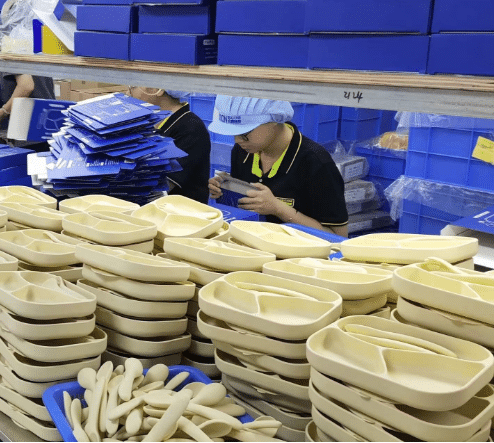
How To Make Silicone Baby Spoon?
How To Make Silicone Baby Spoon? What is the Silicone baby spoons? The Silicone baby spoon is a kind of baby tableware made of 100% food-grade silicone, mainly used for babies to eat complementary food and drink water. Silicone baby spoons are safe, BPA, PVC and phthalate-free, Lead free, convenient waterproof and easy to clean,…

